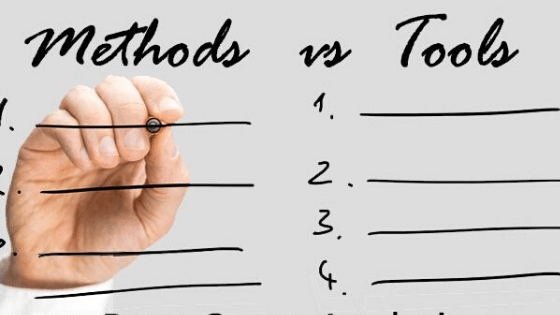
7 Powerful Root Cause Analysis Tools and Techniques
Reading Time: 6 minutes
Root Cause Analysis Tools That Drive Results Root cause analysis tools help organizations uncover the real reasons behind recurring issues, prevent failures, and improve long-term performance. But not all tools are created equal. While RCA techniques like the Fishbone Diagram or 5 Whys provide the methods for investigation, the actual tools you use—whiteboards, Excel, Visio, or purpose-built RCA software—determine how

Solving Chronic Failure (Video From The Vault)
Reading Time: < 1 minute
When is an RCA Typically Done? What about the Chronic Failures? Learn in this “Video From The Vault” how PROACT RCA works on Chronic Failures for a PROACTive Reliability Environment!

RCA Tools VS Methodologies
Reading Time: 4 minutes
If we have heard it once, we have heard it a million times – “let’s do an RCA on that failure”. The problem here is that phrase will mean something different to everyone who says it. What is an RCA? That is a question even the notable experts cannot agree on. With all of this RCA “chaos”, how do we make any progress? The

NEW FEATURES To PROACTOnDemand!
Reading Time: 2 minutes
NEW FEATURES To PROACTOnDemand! {{cta(’85b48632-6501-48ce-9dc3-fc15b4de925f’)}}

What is RCA? Separating the Tools from the Methodologies
Reading Time: 5 minutes
What is RCA? Separating the Tools from the Methodologies By Bob Latino, CEO, Reliability Center, Inc. Abstract: If we have heard it once, we have heard it a million times – “let’s do an RCA on that failure”. The problem here is that phrase will mean something different to everyone who says it. What is an RCA? That is a question even the notable

A Different View of the Swiss Cheese Model
Reading Time: 4 minutes
Much has been written about James Reason’s original Swiss Cheese Model described in his book Managing the Risks of Organizational Accidents. Figure 1 is a basic representation of this model. Many today consider this model to be obsolete because of the evolving complexity of systems due to emerging technologies. Therefore, the linearity of failure expressed in this original model, is not as


